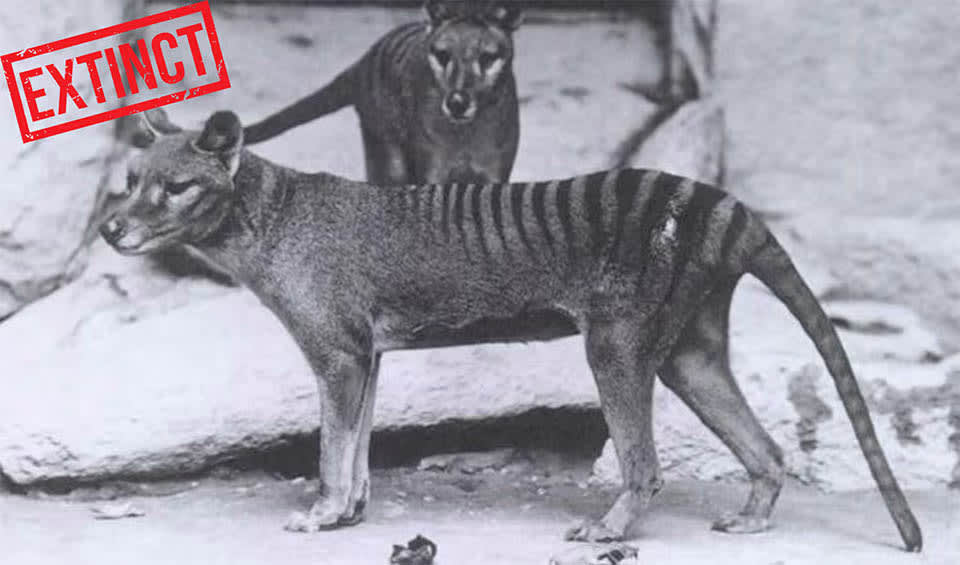Dasyuromorphia – Carnivorous marsupials
Scientists aim to de-extinct the largest family member, Thylacine (Tasmanian wolf), lost in 1936
These marsupials share a common predatory lineage and are endemic to the Australasian region. These creatures are characterized by their pointed snouts, which house sharp teeth suitable for their carnivorous diet, and their typically small to medium statures, with fur ranging from soft and sleek to bristly and dense, depending on the species.
They have historically been apex predators in their ecosystems, particularly the now-extinct Tasmanian wolf, also known as the thylacine. The thylacine, a symbol of lost wilderness, was the largest carnivorous marsupial of modern times and is a haunting reminder of the vulnerability of these species. The demise of this majestic creature, with the last known individual dying in captivity in 1936, marked a somber milestone in the intersection of human progress and wildlife conservation.
The introduction of placental carnivores such as the red fox and the feral cat by European settlers dealt a significant blow to the native Dasyuromorph populations. These invasive species outcompeted the indigenous marsupials for food and territory, and their predatory prowess posed a direct threat, especially to the younger and smaller marsupials.
The 1800s were particularly brutal for these marsupials as they were hunted aggressively due to their predation on livestock introduced by settlers. The cultural perception of these animals shifted from being an integral part of the ecosystem to being nuisances and pests. This, coupled with habitat destruction from agriculture, urbanization, and logging, fragmented their habitats, leaving populations isolated and vulnerable to the dangers of inbreeding and local extinction.
Today, the plight of Dasyuromorphs is a poignant example of the far-reaching impacts of human activities on native wildlife. Conservation efforts have been established to protect these unique marsupials, with laws now strictly prohibiting hunting and various initiatives aimed at habitat preservation and restoration. Breeding programs and predator control measures have also been instituted to assist in the recovery of their populations.
Families in this order
The only true carnivorous marsupials with seven pairs of incisors – for biting and cutting
Termite-eating machines; and one of only two marsupials that are strictly diurnal
Extinct due to overhunting and other conflicts with humans



